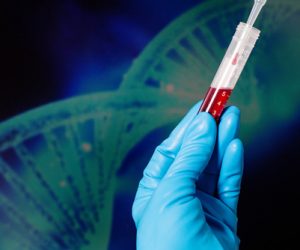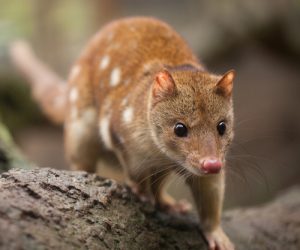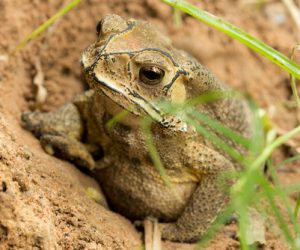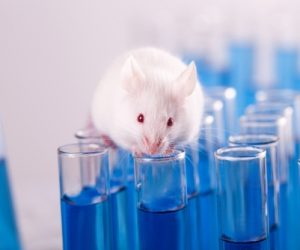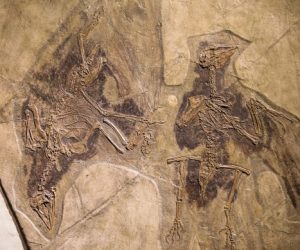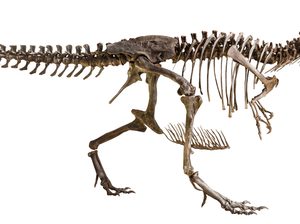Category: Science
-
Swirling gases reveal baby planets in a young star’s disk
 by
byBaby planets growing in a disk of gas and dust around an infant star have been identified and weighed for the first time. In papers published June 13 in the Astrophysical Journal Letters, two teams of astronomers describe a new technique to observe the newborn planets with unprecedented precision. One team, led by Richard Teague of […]
more -
Why using genetic genealogy to solve crimes could pose problems
 by
byPolice are using a new type of DNA sleuthing, called genetic genealogy. Already the technique has caught murder and rape suspects in California and Washington. While solving the cases has given cause for celebration, the tactics used in catching the alleged culprits have many privacy and civil rights experts worried. Closing the Golden State Killer case (SN […]
more -
New Horizons wakes up to begin Kuiper Belt exploration
 by
byThe spacecraft that raced past Pluto is back and ready to explore a whole new world. NASA’s New Horizons probe woke up at 10:55 p.m. EDT on June 4 after a nearly six-month slumber, and news of the event reached Earth several hours later. The craft is now getting ready to fly past a small Kuiper Belt […]
more -
In a conservation catch-22, efforts to save quolls might endanger them
 by
byConservationists are stuck in a catch-22: In trying to save some species, the would-be protectors may be giving the animals an evolutionary disadvantage. A new study describes how efforts to protect the endangered northern quoll, a spotted, kitten-sized marsupial native to Australia, by placing a population on a threat-free island may have actually undermined a […]
more -
Toxic toads could devastate Madagascar’s biodiversity
 by
byIn 2014, a toxic invasive species—the Asian common toad—was spotted in Madagascar’s largest seaport. Conservation biologists quickly sounded an urgent alarm, warning that the invader could devastate the African island’s unique biodiversity, which includes lemurs and hundreds of other animals found nowhere else in the world. Now, scientists have confirmed that the toad’s toxic slime will […]
more -
Here’s why scientists are questioning whether ‘sonic attacks’ are real
 by
byAn account of another alleged “sonic attack” has surfaced, this time from a U.S. government employee in China. The employee reported “subtle and vague, but abnormal, sensations of sound and pressure,”according to a U.S. Embassy health alert. The episode mirrors reports from American diplomats in Cuba in late 2016, and fuels the debate among scientists […]
more -
Drugs that help our cells tidy up might extend lifespan
 by
byBoosting the body’s “disposal system” can stave off age-related organ damage and increase lifespan by 10 percent in mice. As we age, our body’s tissues start to accumulate damage. When we’re young, our in-built disposal systems seem to take care of this, breaking down DNA and whole cells that no longer serve their purpose. But […]
more -
Oldest known lizard fossil pushes group’s origins back 75 million years
 by
byA little animal that washed out to sea 240 million years ago off the coast of what’s now Italy turns out to be the oldest known fossil of a lizard. The identification pushes back the fossil record of snakes and lizards by about 75 million years, says Tiago Simões of the University of Alberta in […]
more -
Astronomers scrutinized last year’s eclipse. Here’s what they’ve learned
 by
byLEESBURG, Va. — Astronomers watching the 2017 solar eclipse from the ground and from the air witnessed new, tantalizing features of the sun’s outer atmosphere. Three teams have recently presented their first science results from the Great American Eclipse. Combined, the findings could help disentangle lingering solar puzzles, such as how bursts of plasma leave the […]
more -
Skeletons come in many shapes and sizes
 by
byFor much of life’s reign on Earth, organisms got by without skeletons. But since that innovation evolved about 550 million years ago, there’s been an evolutionary arms race of epic proportions. One of the first competitors was Cloudina, a small seafloor creature whose exterior skeleton almost certainly evolved in response to predation: In well-preserved groups of […]
more


